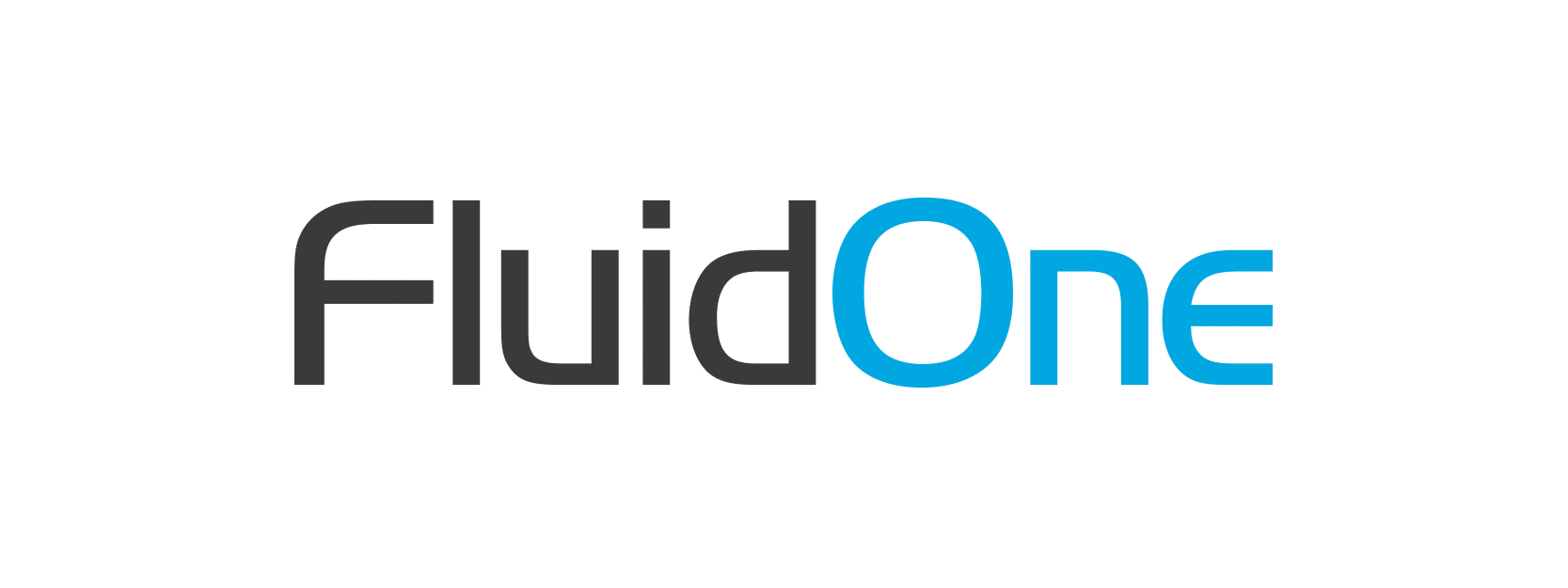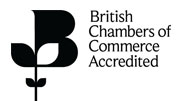Latest News
Smith & Williamson: Building Back Better
10th March 2021

The pandemic has created a vast agile-working experiment that may permanently change the office environment. The past 12 months have seen companies scramble to put technology in place to allow employees to work remotely and to allow businesses to continue as normal, but it has also brought acceptance of this approach. Looking forward, businesses that can reshape their businesses effectively to capitalise on the lessons from the pandemic can reap financial and competitive advantages.
There is much discussion about the future of the office. Is it simply about a reduced footprint with hot-desking, for example? This has the advantage of saving costs for companies and meeting the needs of those who – of choice or necessity – would rather not work from home. However, in our view, the reality is more nuanced.
The new need from our office spaces
Offices are not gone forever, but companies will need to rethink the way they work. Certainly, part of the new set-up will be giving workers the choice about where they work on any given day. However, the mix of home and office working will also depend on the job role, the team dynamics, employee skillsets and personality, plus the corporate culture.
It seems like that office will emerge as a place for collaboration, both official and unofficial. They will need to accommodate team meetings, but also to facilitate human interaction. Working from home can be lonely, particularly in the early stages of a career. There is much to be learned from seeing how more experienced colleagues operate in practice.
As such, companies are likely to need highly flexible workspaces, which can accommodate large departmental gatherings, but also team and client meetings, and then spaces for focused individual or small group ‘deep thought’ work. They may also need data and technology environments with multiple screens. Overall, the office will be reimagined as a place for interaction, rather than as a command centre for the organisation.
What needs to be done from home?
For the most part, businesses have been able to sustain productivity with large parts of their workforces working remotely. This, for some, has been a revelation. Home working has managed to shake off its reputation as being an easy option. At the same time, avoiding a long commute has given employees back valuable time in their day and helped many improve their work/life balance.
However, it is clear that it has its limitations. It is difficult to be as creative over Zoom meetings and companies can often lose the spark of innovation that a dynamic office environment provides. They also need continued investment in telepresence and video-enabled working to ensure remote working operates effectively.
Lower costs and competitive advantages
Done properly, there is a real opportunity inherent in building the right office environment. It offers the potential for companies to build a flexible talent pool, with geography no longer the determining factor in accessing skills. With no need to commute daily to an office in the City, for example, companies can bring in a more diverse workforce, including part time and interim working. Businesses can thrive on this new diversity, building dynamic teams with the right skills for specific tasks.
The right approach should enable work and life fluidity, which in turn should mean a workforce that is both happier and more engaged. Companies are increasingly recognising the productivity gains from healthy, motivated employees. However, this also means building in time for human interaction, relationship building and development and support.
Businesses need to ensure that working processes, connectivity and structures are set up to maximise the opportunities for innovation in this new environment. In particular, building transdisciplinary processes may prove important: as work becomes more complex, the combination of disciplines (and working together) could be valuable.
The right technology
Investment in technology tools is a necessity. Cloud-based services and mobile devices for employees are a given, so that work can be done anytime and anywhere. You will also need to consider your customers’ digital preferences. Would they rather use web portals than speak to people, for example? Much will depend on customer demographics.
Robotic Process Automation can be used to complete repetitive, data-entry type tasks, to allow a move towards knowledge-based and cognitive roles as opposed to administrative processing activities. Artificial intelligence and machine learning also bring competitive advantages. Investment in people and skills development is key, and if done well can meet increasing expectations of meaningful, fulfilling work.
A sustainability future
Part of ‘building back better’ is also about building a more sustainable business into the future. This will manifest in energy efficient offices, reduced paper and other wastage, plus sustainable food and drink provision (healthy balanced food) to support employee well-being. Many businesses were already well-advanced on this. It may be the time to re-examine your budget and consider redirecting the entire cost footprint. Do you need those languishing printer/copier machines on lease? Are your insurances appropriate for the new environment?
The pandemic offers the opportunity for businesses to rebuild for a better future and Smith & Williamson can help you adjust the way you work for the ‘new normal.’
 March 2021
March 2021
For more information contact Claire Burden, National Advisory Consulting Partner,
Phone: 07824 687 585 Email: claire.burden@smithandwilliamson.com


























